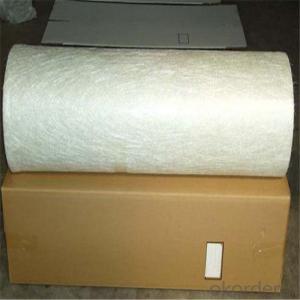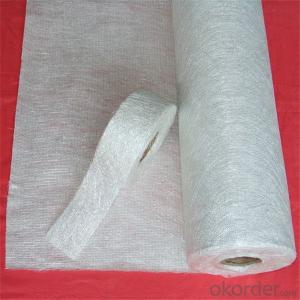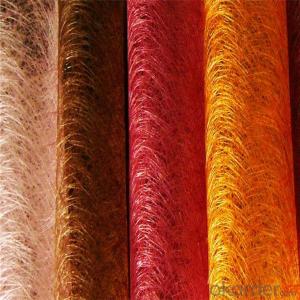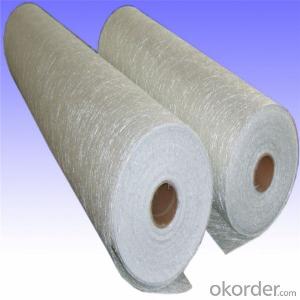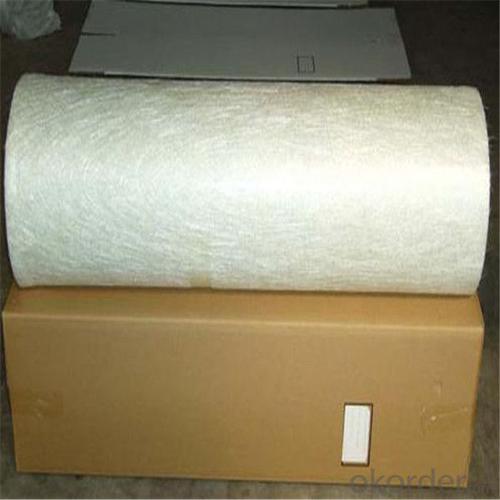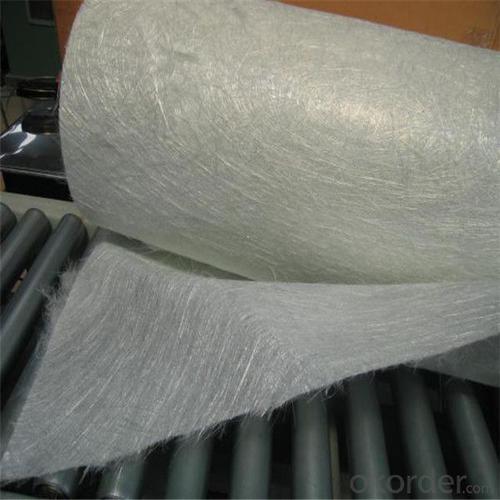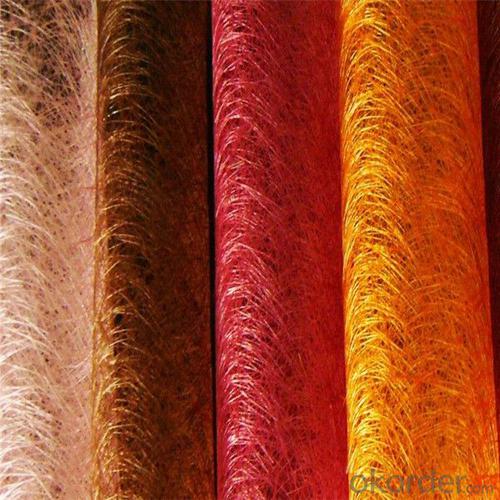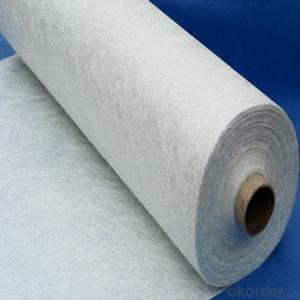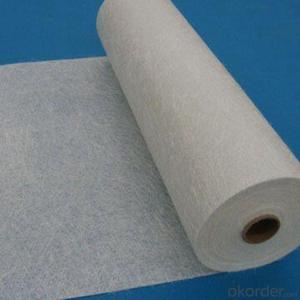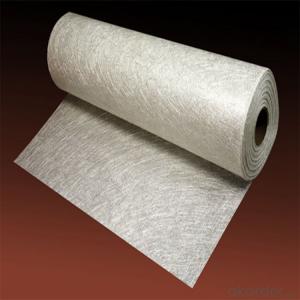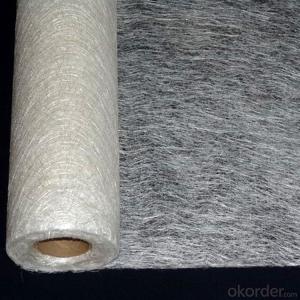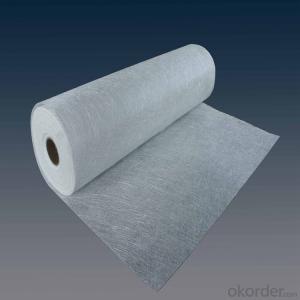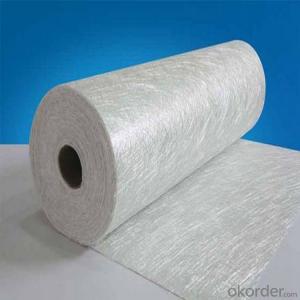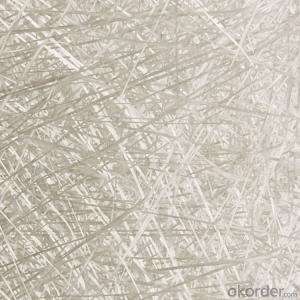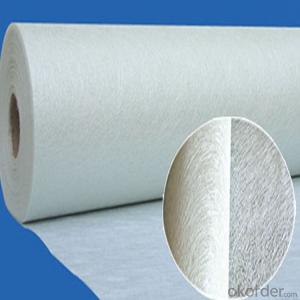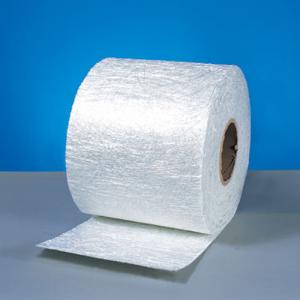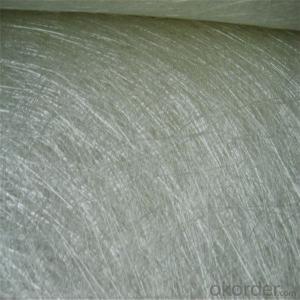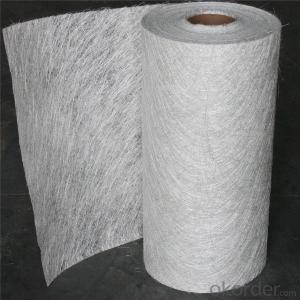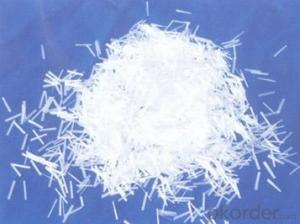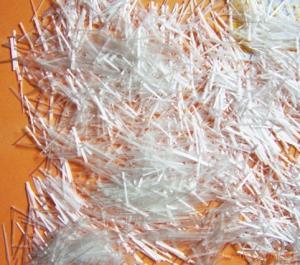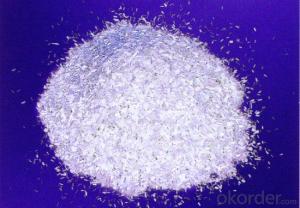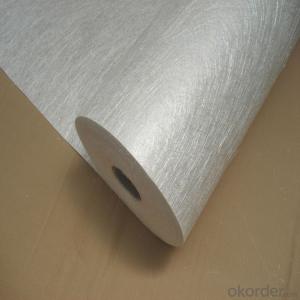Cleveland Fiberglass Chopped Strand E-Glass Fiberglass Chopped Strand Mat
- Loading Port:
- Tianjin
- Payment Terms:
- TT OR LC
- Min Order Qty:
- 100 m.t.
- Supply Capability:
- 100000 m.t./month
OKorder Service Pledge
OKorder Financial Service
You Might Also Like
Quick Details
| Technique: | Chopped Strand Fiberglass Mat (CSM) | Dimensions: | 225g/m2-900g/m2 | Fiberglass Type: | E-Glass |
| Place of Origin: | China (Mainland) | Brand Name: | cnbm | Model Number: | 300G-900G |
| moisture: | ≤0.2% | combustion content: | 2.1-6.3% | binder type: | emulsion or powder |
| width: | 1040,1270,2080mm |
Packaging & Delivery
| Packaging Details: | plastic bag then carton then pallet |
| Delivery Detail: | 15 days after payment |
Advantage
1. Chopped strand mat is made up from fiberglass chopped strands bonded with powder binder or emulsion binder
2. Wet out faster and easy of handling
3. Good choppability
4.thickness uniformity
Apllication
fiberglass chopped strand mat
It is used for processing and manufacturing FRP products with getting through hand lay up process, filament winding process and press molding. Typical products is including bathroom accessories, pipe, building material, automobile, furniture, vessel, cooling towers and other FRP products
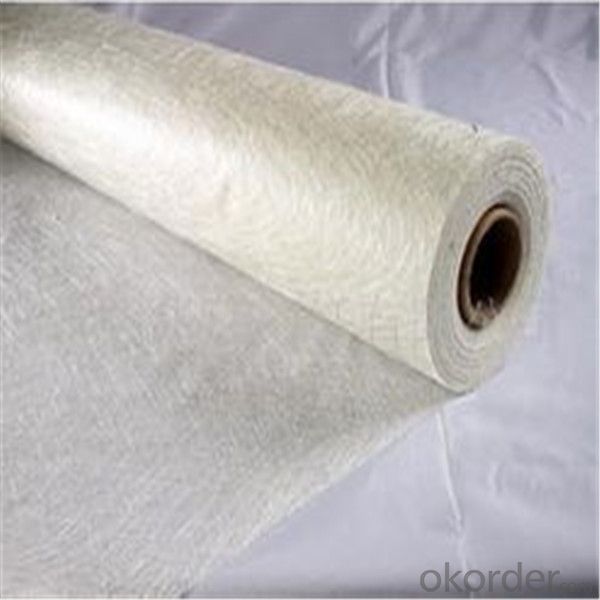

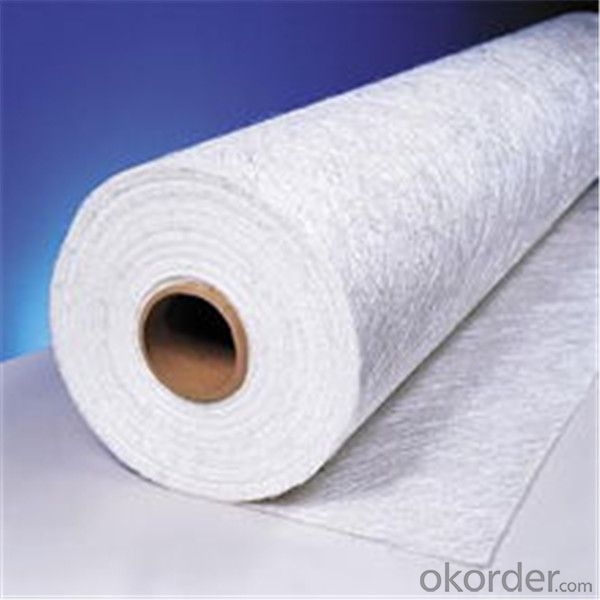
- Q: How does the fiber content affect the coefficient of thermal expansion of chopped strand composites?
- The fiber content in chopped strand composites has a direct influence on the coefficient of thermal expansion. As the fiber content increases, the coefficient of thermal expansion tends to decrease. This is because the fibers provide reinforcement and resistance to thermal expansion, leading to reduced expansion and contraction of the composite material. Therefore, higher fiber content generally results in lower coefficients of thermal expansion in chopped strand composites.
- Q: How is fiberglass chopped strand used in the electrical and electronics industry?
- Fiberglass chopped strand is used in the electrical and electronics industry primarily as a reinforcing material in the manufacturing of various components. It is commonly used in the production of circuit boards, insulation materials, and electrical housings. The chopped strands are mixed with resins or plastics to create composite materials that offer enhanced strength, durability, and electrical insulation properties. This enables the production of lightweight and reliable electrical and electronic products that meet the industry's stringent requirements for performance and safety.
- Q: What are the acoustic insulation properties of fiberglass chopped strand?
- Due to its unique composition and structure, fiberglass chopped strand possesses exceptional acoustic insulation properties. Comprised of fine glass fibers that are randomly arranged and bound together with a resin or binder, the chopped strands form a dense and fibrous structure that effectively absorbs sound waves. The main way in which fiberglass chopped strand provides acoustic insulation is by diminishing sound transmission. When sound waves collide with the surface of the fiberglass, they are converted into mechanical vibrations, which are then absorbed and dispersed within the fibrous structure. Through this absorption process, the material significantly reduces the amount of sound that passes through it, resulting in a quieter environment. Moreover, the dense and fibrous nature of fiberglass chopped strand helps to dampen and lessen sound. The numerous air pockets and interlocking fibers within the material create a high level of internal friction, which effectively dissipates sound energy. This not only reduces the intensity of sound but also helps to prevent the transmission of vibrations and resonance. Furthermore, fiberglass chopped strand is renowned for its outstanding thermal insulation properties, which indirectly contribute to acoustic insulation. The material's ability to resist heat transfer helps maintain a consistent temperature, thereby reducing the occurrence of sound-reflecting surfaces and minimizing the amplification of noise. In conclusion, fiberglass chopped strand is an exceptionally efficient material for acoustic insulation. Its dense and fibrous structure, combined with its capacity to absorb, dampen, and attenuate sound waves, make it an ideal choice for applications requiring noise reduction and control, such as in construction, automotive, and industrial settings.
- Q: Does fiberglass chopped strand improve the chemical resistance of composite materials?
- The chemical resistance of composite materials can be enhanced through the incorporation of fiberglass chopped strand. Fiberglass possesses exceptional chemical resistance due to its inert nature and lack of reactivity with most chemicals. When utilized as a reinforcement in composite materials, particularly in fiberglass-reinforced plastics (FRPs), the chopped strand contributes to an overall improvement in chemical resistance. By reinforcing the composite matrix, the chopped strand augments its strength and durability. This reinforcement effectively impedes the infiltration and absorption of chemicals, thereby heightening the composite material's resistance to chemical attacks. Moreover, the fiberglass chopped strand can function as a protective barrier, preventing the chemicals from reaching the underlying layers of the composite and causing harm. To further enhance the chemical resistance of composite materials, it is crucial to select the appropriate type and sizing of the fiberglass chopped strand. Different types of fiberglass, such as E-glass, S-glass, and boron fibers, offer varying degrees of chemical resistance. Additionally, the application of a specific sizing or coating to the chopped strand can also bolster its chemical resistance properties. Nevertheless, it is important to acknowledge that while the incorporation of fiberglass chopped strand can enhance the chemical resistance of composite materials, it does not render them completely impervious to all types of chemicals. Certain aggressive chemicals, such as potent acids or bases, may still elicit damage to the composite, even with the presence of fiberglass chopped strand. Consequently, it is imperative to consider the precise chemical environment in which the composite will be utilized and accordingly select suitable materials and reinforcements.
- Q: What are the creep resistance properties of fiberglass chopped strand?
- Fiberglass chopped strand has excellent creep resistance properties. Its high strength and stiffness allow it to withstand long-term exposure to stress or load without significant deformation or creep. This makes it a preferred material for applications where dimensional stability and resistance to creep are important, such as in automotive components, construction materials, and aerospace structures.
- Q: What are the different forms of fiberglass chopped strand available?
- There are several different forms of fiberglass chopped strand available, including continuous strand mat, chopped strand mat, woven roving, and chopped strand.
- Q: What is basalt fibre used for?
- According to its characteristics, it is a very wide range of industrial raw materials. The price of basalt fiber is quite high, which is different from the basalt used for road repairing.
- Q: How is the thermal conductivity of fiberglass chopped strand determined?
- The thermal conductivity of fiberglass chopped strand is typically determined through experimental testing. The most common method used is the guarded hot plate method, which follows ASTM C177 standards. In this method, a test specimen of the chopped strand is placed between two guarded hot plates. One plate is heated while the other is cooled, creating a temperature gradient across the specimen. The heat flow through the specimen is then measured, and the thermal conductivity is calculated using the known dimensions of the specimen and the temperature difference. Another method that can be used is the transient plane source method, as specified in ASTM D7984. This method involves placing a thin, flat disc of chopped strand between two parallel plates. A heat pulse is applied to one plate, and the resulting temperature rise is measured over time. By analyzing the temperature rise and the known properties of the specimen, the thermal conductivity can be determined. Both methods require careful control of experimental conditions, such as maintaining constant temperature and pressure, to ensure accurate results. Additionally, multiple measurements may be taken and averaged to improve the accuracy and reliability of the thermal conductivity values obtained.
- Q: Can fiberglass chopped strand be used in the production of electrical insulation materials?
- Yes, fiberglass chopped strand can be used in the production of electrical insulation materials. It provides excellent electrical insulation properties and is commonly used for applications requiring electrical insulation, such as in the manufacturing of electrical cables, transformers, and other electrical components.
- Q: What are the typical shear properties of fiberglass chopped strand composites?
- The typical shear properties of fiberglass chopped strand composites include high shear strength, excellent resistance to shear deformation, and good shear modulus. These materials demonstrate the ability to withstand shear forces and maintain their structural integrity, making them suitable for various applications requiring strength and stability under shear stress.
Send your message to us
Cleveland Fiberglass Chopped Strand E-Glass Fiberglass Chopped Strand Mat
- Loading Port:
- Tianjin
- Payment Terms:
- TT OR LC
- Min Order Qty:
- 100 m.t.
- Supply Capability:
- 100000 m.t./month
OKorder Service Pledge
OKorder Financial Service
Similar products
Hot products
Hot Searches
Related keywords
